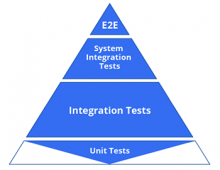By Hemanth Yamjala | February 14, 2020
Even though jumping onto the agile bandwagon is tempting for businesses, it is not always easy, and a transition to agile is likely to come with a slew of challenges for testing in particular. In order for agile to enable delivery of quality products at speed, testing has to begin much earlier in the process than ever before. Enabling certain practices will help your organization achieve a more successful transition to agile testing.








